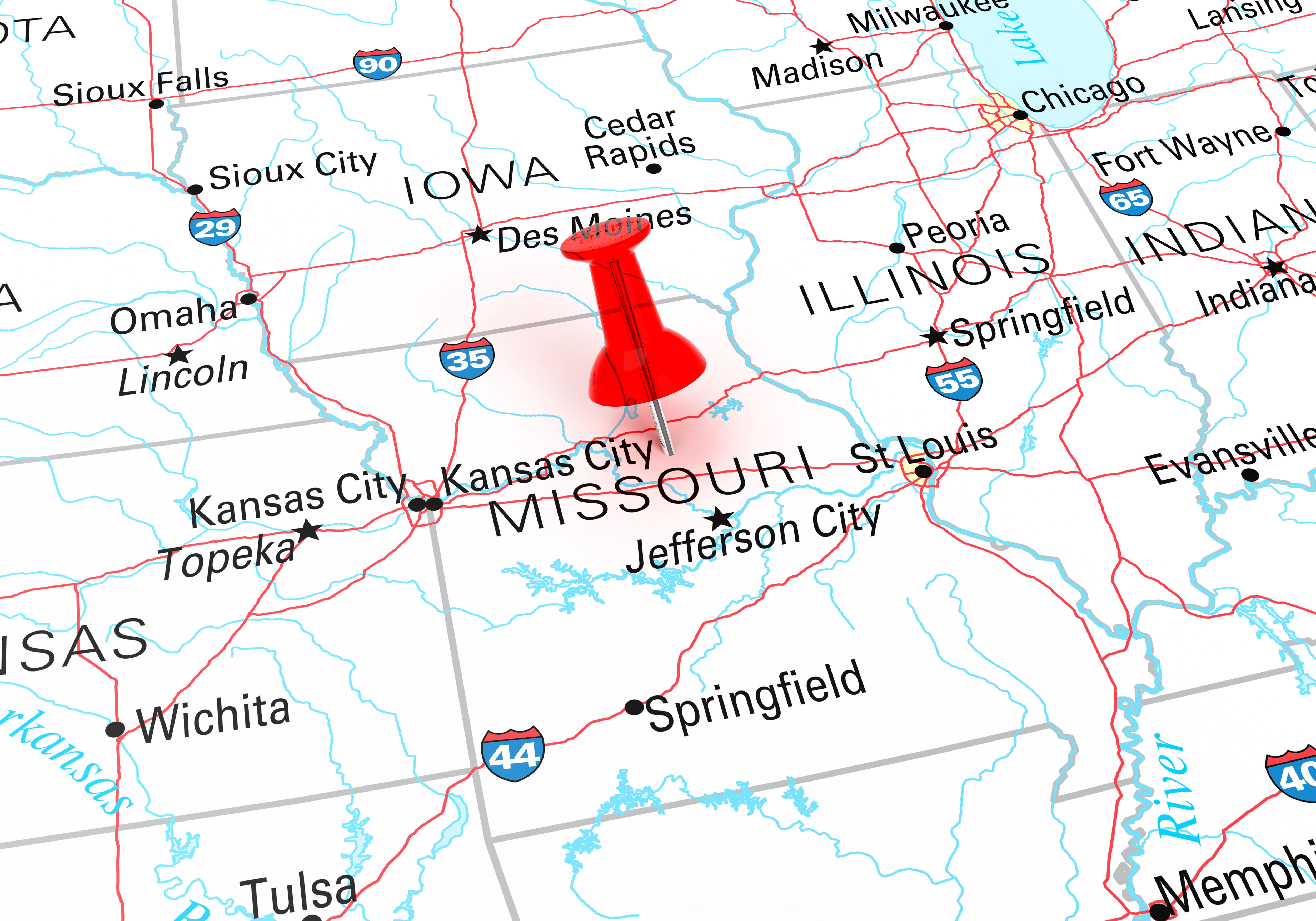
Changes to the Missouri Human Rights Act
Missouri’s new governor wasted little time in pushing his tort reform agenda forward by signing a bill which provides some relief to Missouri’s employers in defending discrimination claims. Missouri Senate Bill 43, which significantly revises the Missouri Human Rights Act, was signed by Governor Greitens in late June. The revised MHRA takes effect on August 28, 2017.
Some revisions include: (1) limitations on certain damages; (2) imposition of a greater burden of proof; (3) requiring a jury instruction regarding the business judgment rule; (4) elimination of individual liability for supervisors; and (5) codification of a whistleblower protection act. In all, the revisions bring the MHRA more in line with federal employment discrimination laws and a majority of states.
Limitation on Remedies:
Employers in Missouri faced significant exposure to extraordinary claims for damages under the old MHRA. There was previously no limit on punitive damages under the MHRA. The revised MHRA caps damages according to a schedule based on the size of the employer. Under the revised MHRA, plaintiffs may recover back pay and interest, but other damages, including front pay, emotional pain and suffering, mental anguish, and punitive damages are subject to the following caps:
- 6 – 100 employees* $50,000
- 101-200 employees $100,000
- 201 – 500 employees $200,000
- 500 or more employees $500,000
Alteration of Plaintiff's Burden of Proof:
Under the old MHRA, an employment action or decision was considered discriminatory if an employee or applicant's membership in a protected category is a "contributing factor." Some courts considered that to mean that the protected class membership had any part in producing the complained-of effect and was a tremendously low bar to establish a violation. The amendments to the MHRA impose a stricter burden of proof on plaintiffs, requiring them to show that the protected trait was a "motivating factor." This means the protected classification actually played a role in the adverse action and had a determinative influence in that action.
The Business Judgment Rule:
The revised statute states that, if requested, the court must give the "business judgment" instruction to the jury. That instruction informs the jury that it may not return a verdict for the plaintiff just because it might disagree with the employer's decision, or believe it to be harsh or unreasonable. The plaintiff cannot prevail unless he or she proves that discrimination was the motivating factor in the decision or action taken.
Individual Liability for Supervisors:
The revised MHRA clarifies who is and who is not an "employer," for purposes of the Act. Under the current statute, an individual supervisor or manager can be named as a defendant, and be subject to individual liability. The revisions make clear that those persons are not "employers" under the Act. In addition to alleviating personal liability risk for those individuals, this also allows out-of-state employers doing business in Missouri to exercise diversity jurisdiction and litigating MHRA claims in federal court as opposed to state court.
Whistleblower Protection Act:
The revised MHRA provides that employees who report an unlawful act of an employer or its agent to a governmental or law enforcement agency, an officer, the employee's supervisor, or the employee's human resources representative are "protected persons," and that it is unlawful for an employer to discharge a protected person because of that activity. (Certain high-ranking employees cannot be whistleblower plaintiffs, however, where their jobs require reporting misconduct.) The Whistleblower Protection Act incorporates the "motivating factor" standard.
If you operate a business in Missouri and have questions about the revised Missouri Human Rights Act, Martin Pringle’s Missouri employment attorneys are available to consult with you.
*The employee headcount is arrived at by determining the number of employees the employer had on each working day in twenty or more calendar weeks in the current or preceding calendar year.